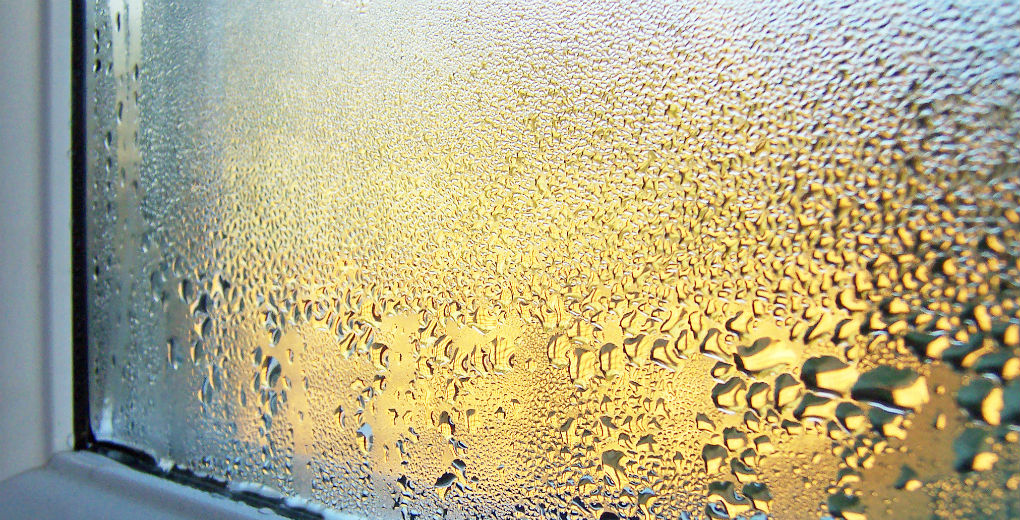How to deal with these 3 common causes of damp
The age of your property and the way it was built can both make it more susceptible to damp. Not only can damp be unsightly and cause lingering odours, but left untreated can cause damage to your property interiors and your health. But before you rush to spend thousands on specialist help, take a look at the three common causes of damp, how to identify them and what you can do about it.
Condensation
Causes: Condensation occurs when moist air condenses onto windows and walls. This is why you’ll most likely find it in kitchens and bathrooms.
It’s more of a problem in older houses in the winter, when single glazed windows and walls are cooler than the air inside.
Without adequate ventilation such as that provided by an extractor fan, the problem can become worse. Again older homes suffer more as they’re not always as well ventilated as modern homes, which are built to keep dampness out in the first place.
Signs: Walls and windows will be wet with condensed water. If not dealt with, this water can damage paint, plaster and window sills. You may also see dark mould in these areas.
Remedies: Dehumidifiers can help rid the room of damp air, and windows and walls should be wiped down when condensation appears. Longer term solutions may include looking at installing permanent ventilation systems, such as an extractor fan. Double glazing can also stop internal windows getting as cool so water can’t condense on them.
Rising damp
Causes: Poor drainage and an older property are both scenarios that welcome rising damp, which is caused by water coming into contact with the exterior wall and rising up into the living space. Damp proof coursing is a tough membrane built into the wall and laid under the concrete floor of new builds, which protects the building from rising damp. This was not a mandatory precaution for properties built before 1875, and for other properties it may have simply worn away.
Signs: Wallpaper may start to come away from the wall, and you could see noticeable damp patches. These symptoms will often be accompanied by a musty smell.
Remedies: Firstly, check the cause. It may be as simple as a flower bed that’s coming up too high against the house. Look to see whether you have damp proof course and its condition. If you can’t find it for yourself by the wall, ask a professional to come and take a look. A common treatment involves drilling holes in the brickwork and injecting dampproof course cream.
Penetrating damp
Causes: Cracks, missing roof tiles, faulty guttering and leaking pipes can all cause penetrating damp. It’s more common in older builders which have solid walls as oppose to cavity walls.
Signs: Unlike rising damp with is present all the time, penetrating damp will make itself known in bad weather, where damp patches on walls will become more obvious.
Remedies: Fix the source of the damp, and you’ll fix the problem. Look at where the wet patches are to decipher what the cause is. Depending on the damage, you could simply paint over the patch once the problem’s been fixed and the wall has had a chance to dry. Remember that your home insurance policy is valid on the assumption that you take care of your property and don’t let it fall into a state of disrepair. Otherwise any problems associated with poor maintenance, such as penetrating damp, may not be covered.
Lockyers are experts in property insurance, contact the team on 01924 278222 for both commercial and residential landlords’ property insurance.


